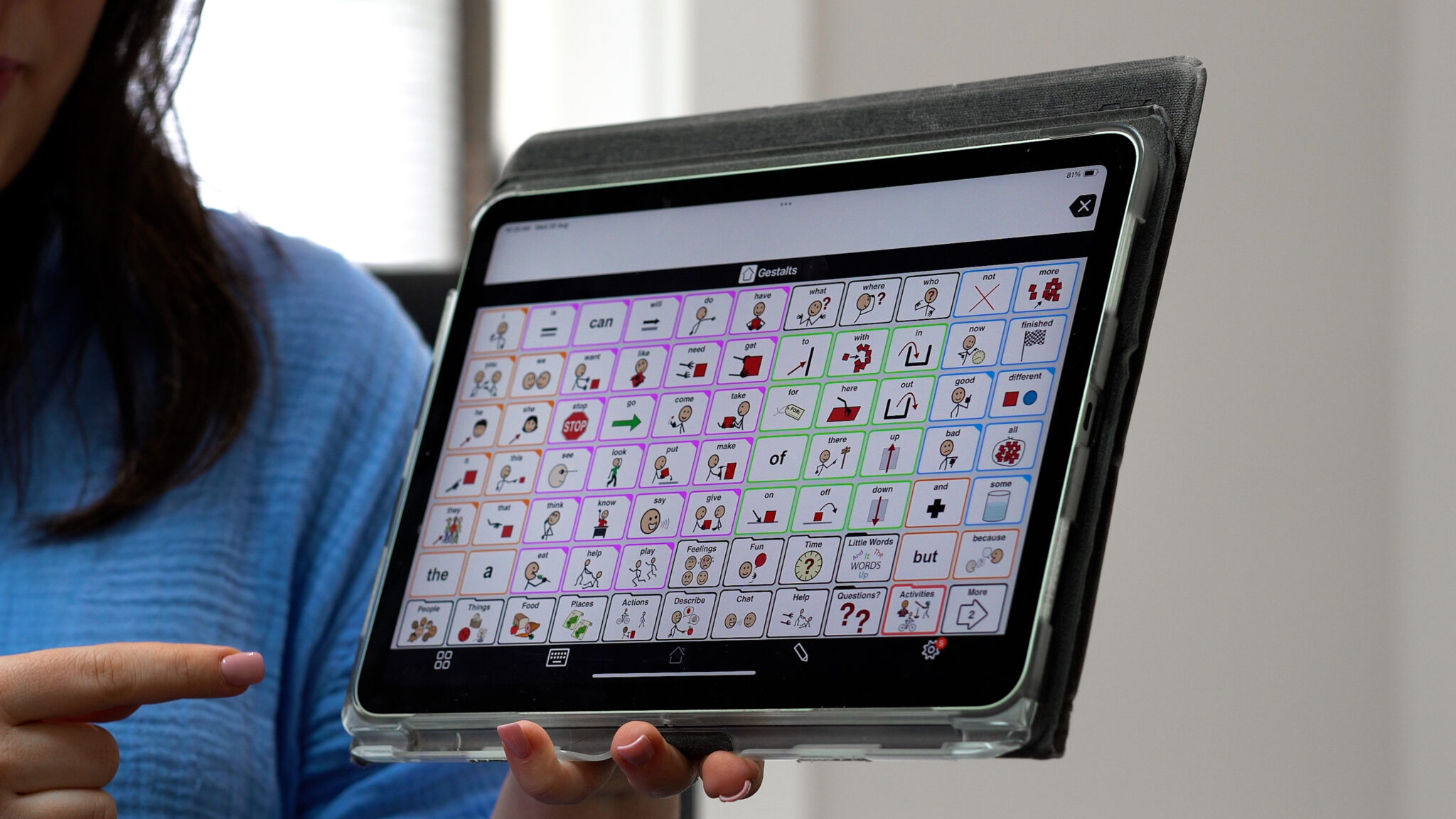AAC Devices for Children
Augmentative and Alternative Communication (AAC) devices are transforming how children with communication challenges express themselves. One of the most popular AAC applications is Proloquo2Go, a user-friendly app designed to facilitate communication through voice output.
We will explore the functionalities and benefits of AAC devices, address common misconceptions, and highlight their importance in promoting effective communication among children. If you’re in need of help, don’t hesitate to reach out to us through the button below!

